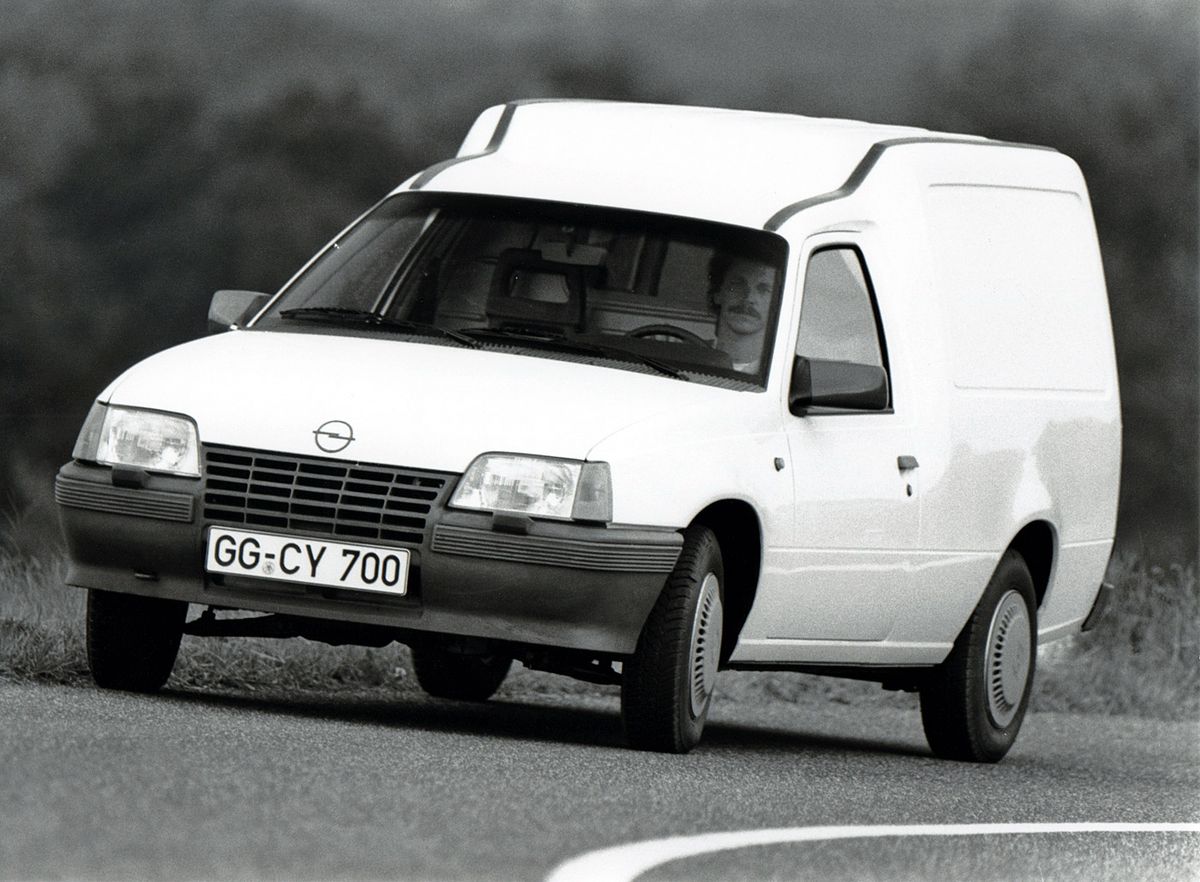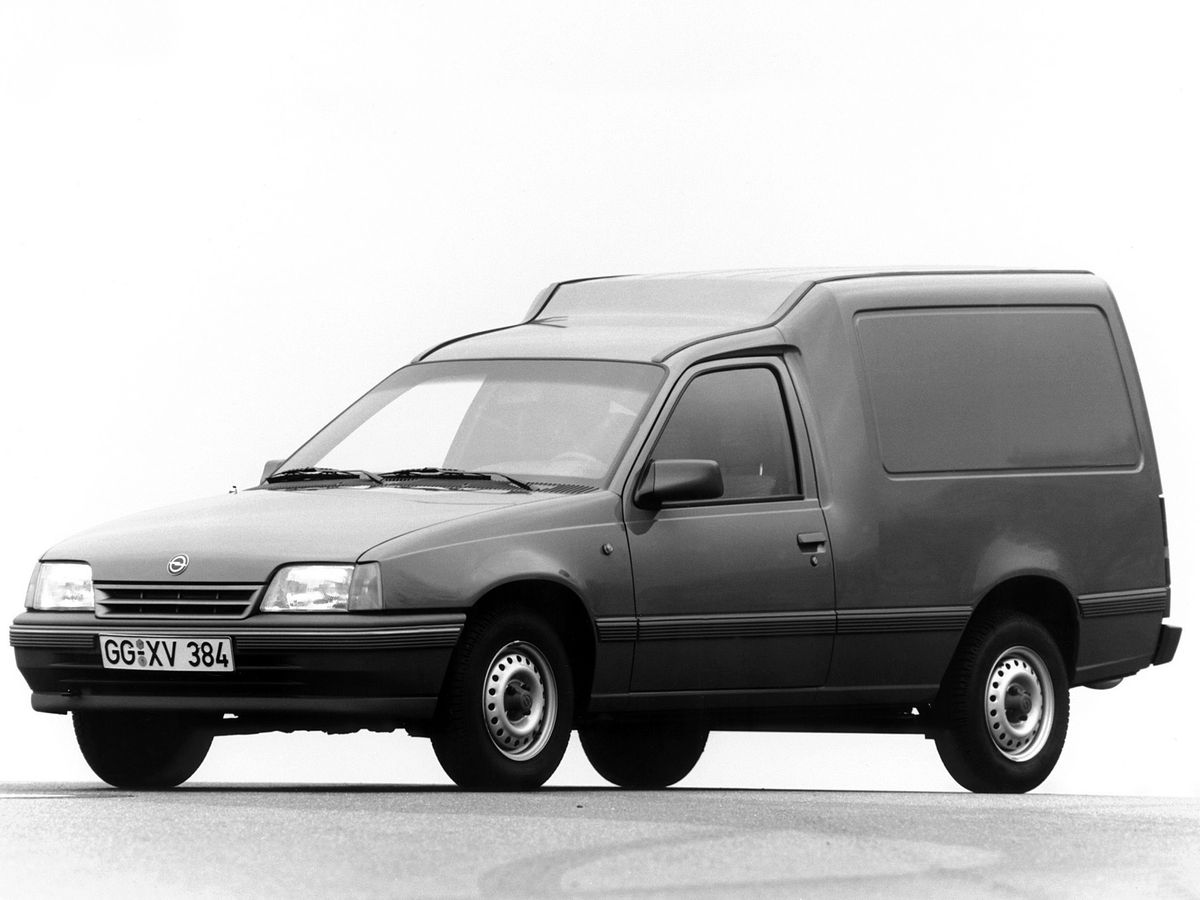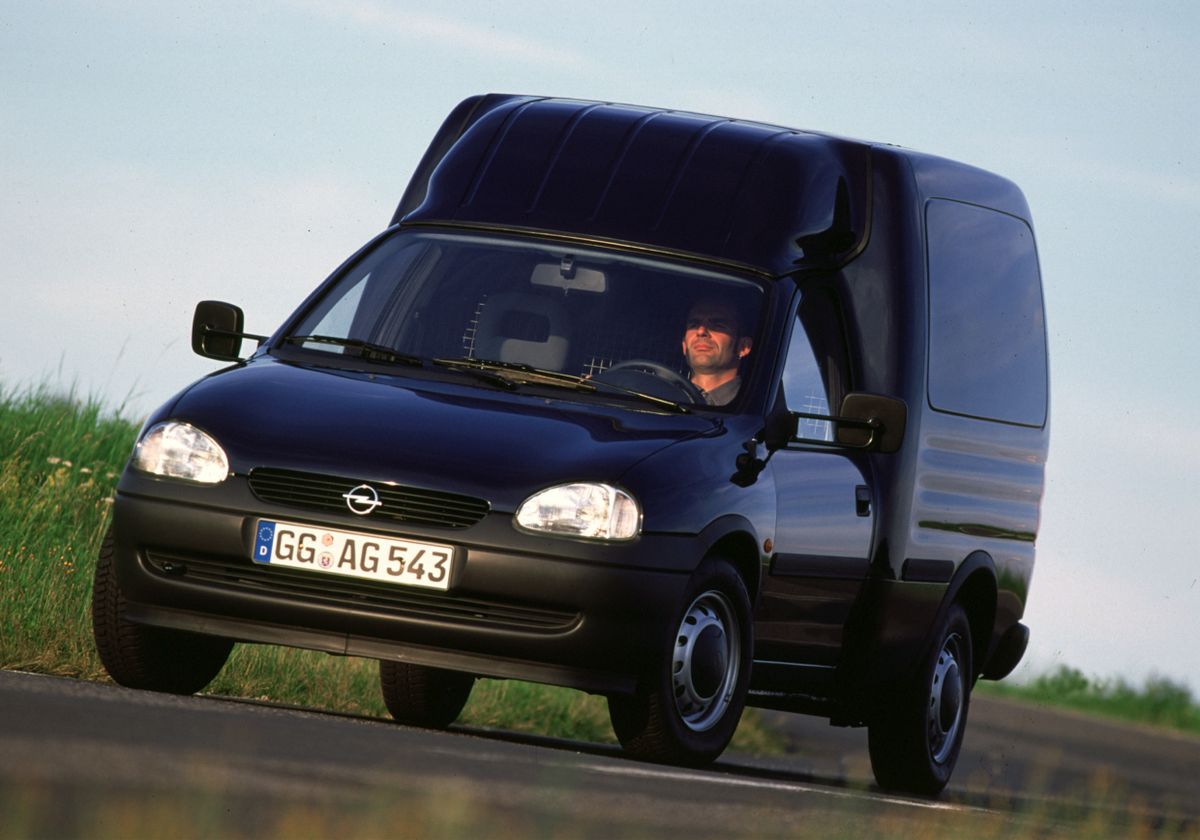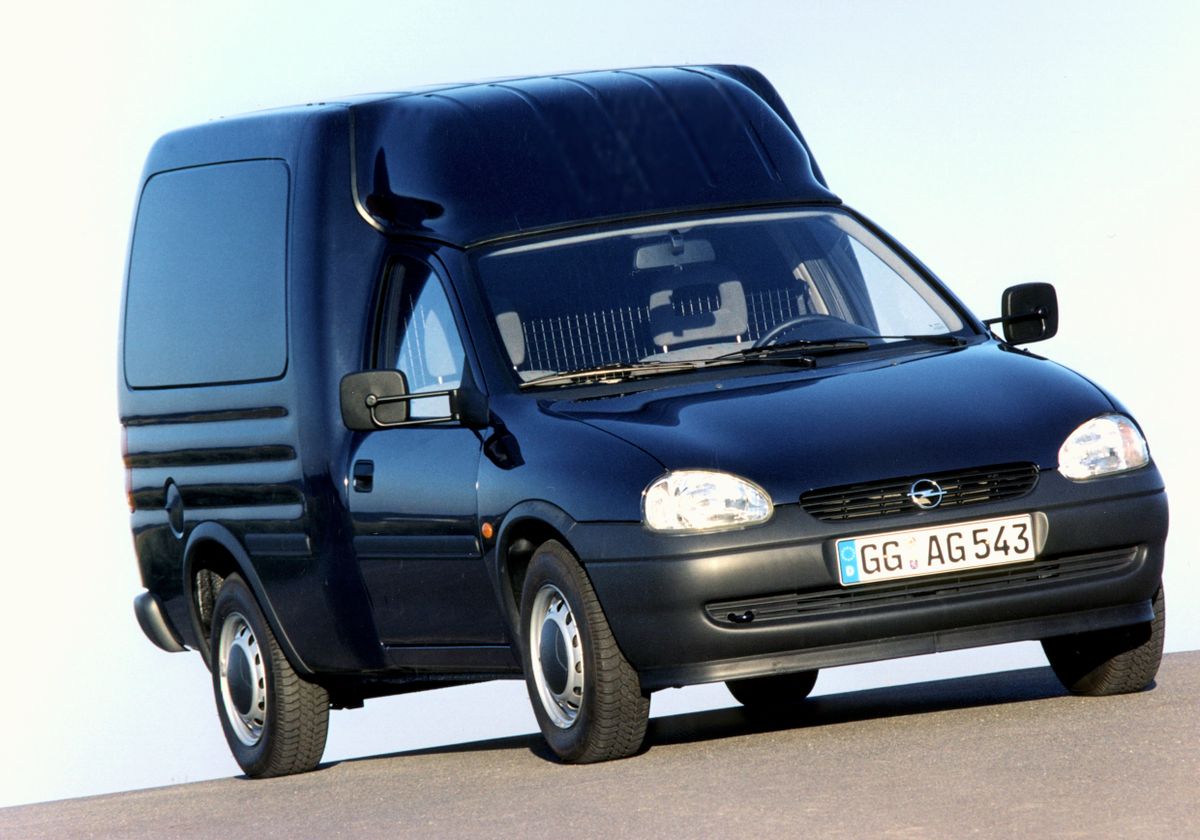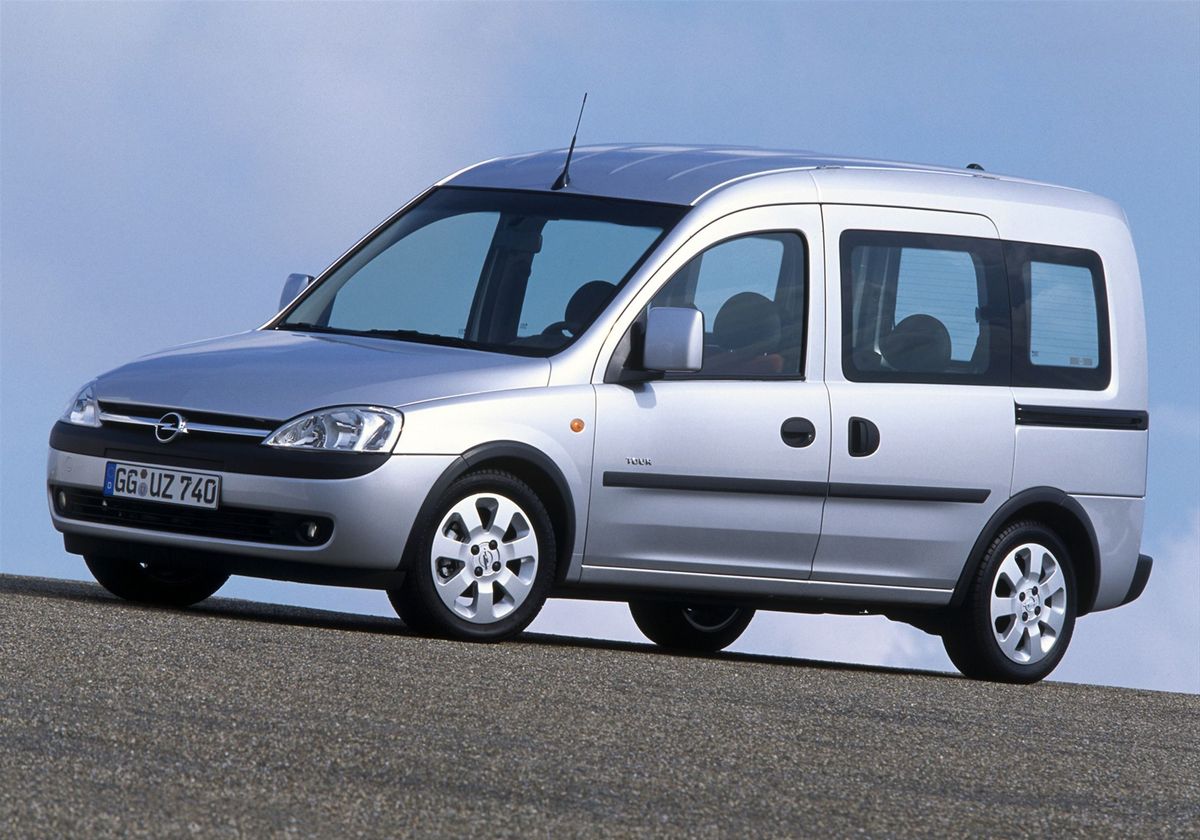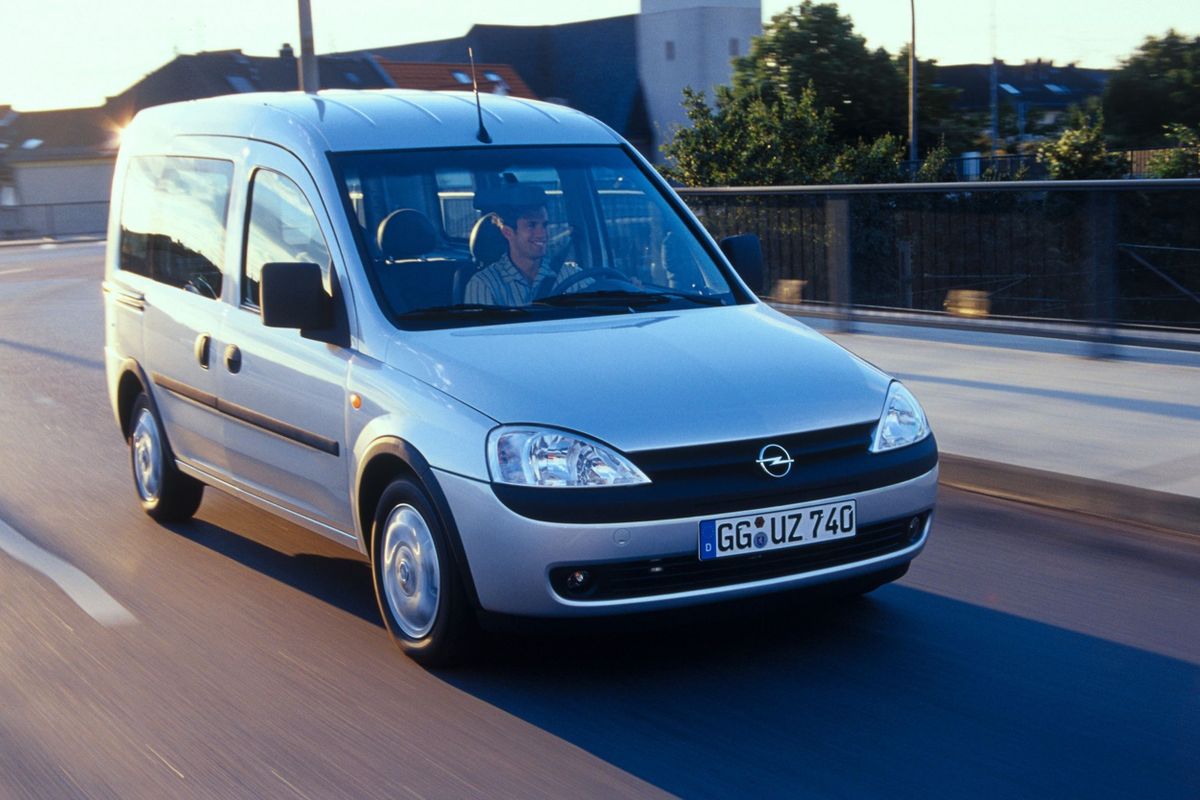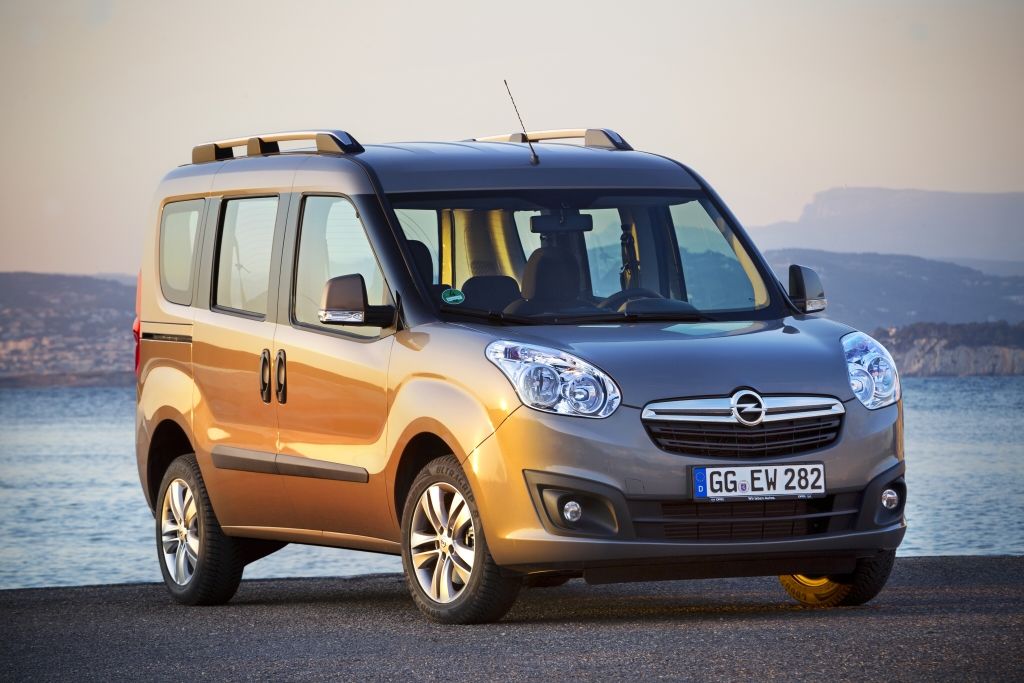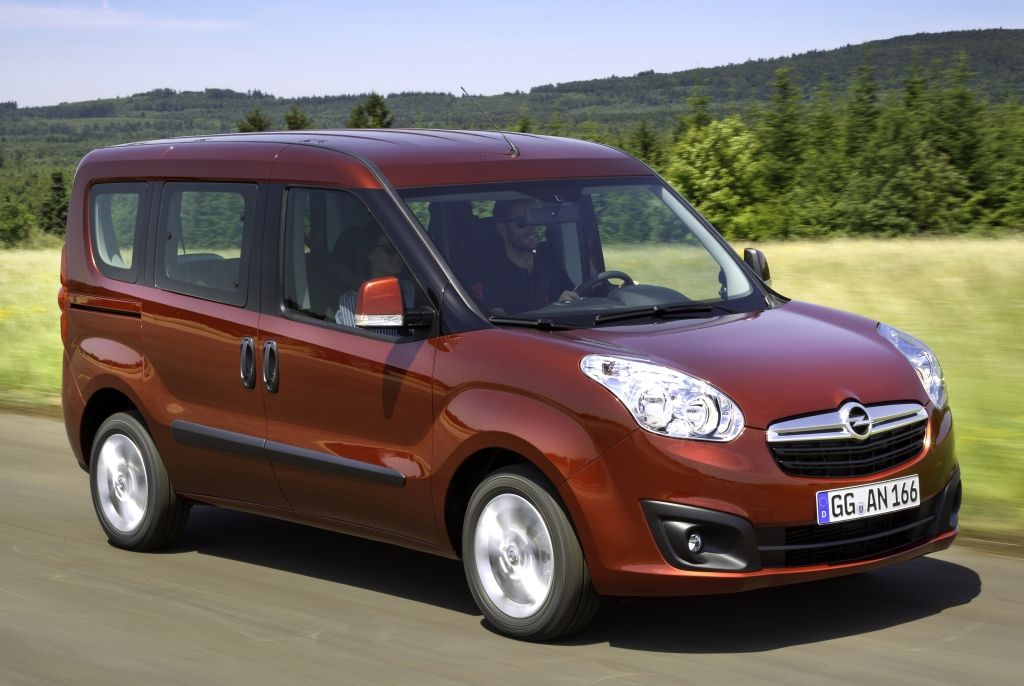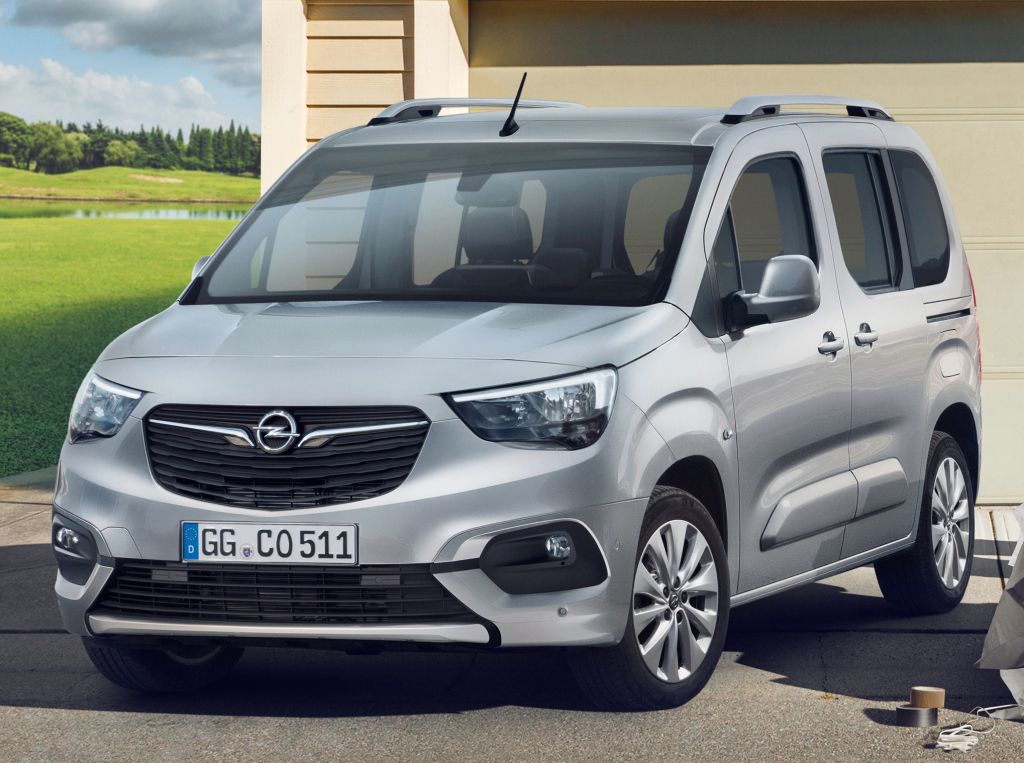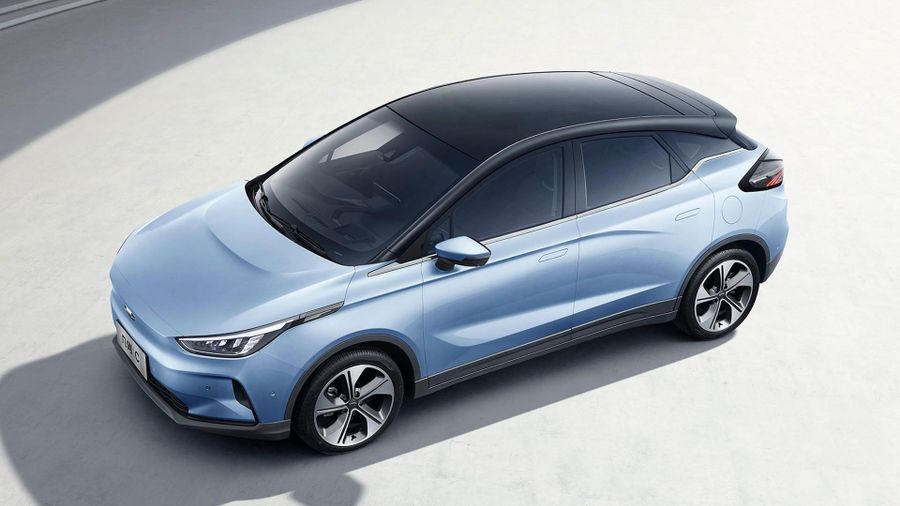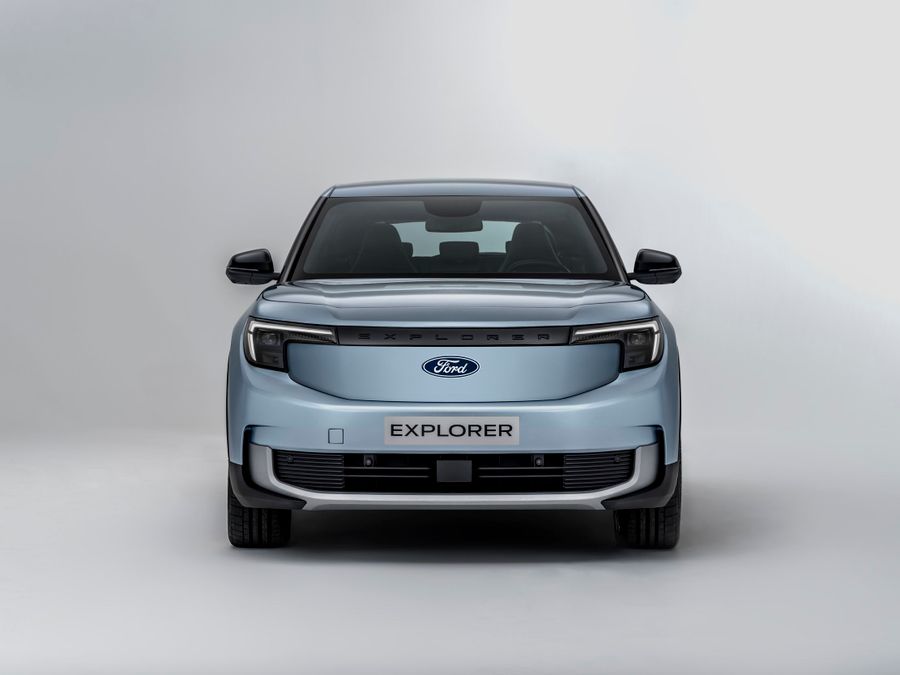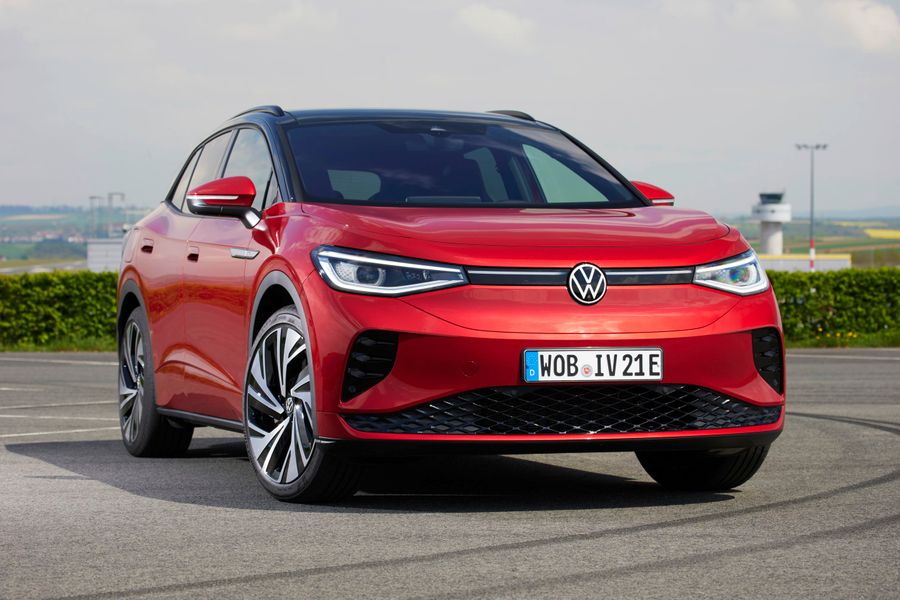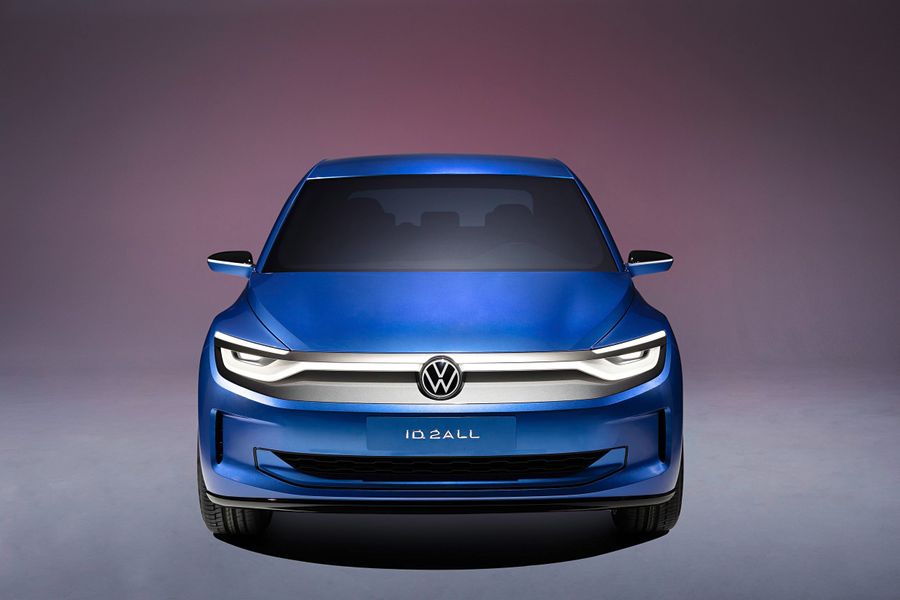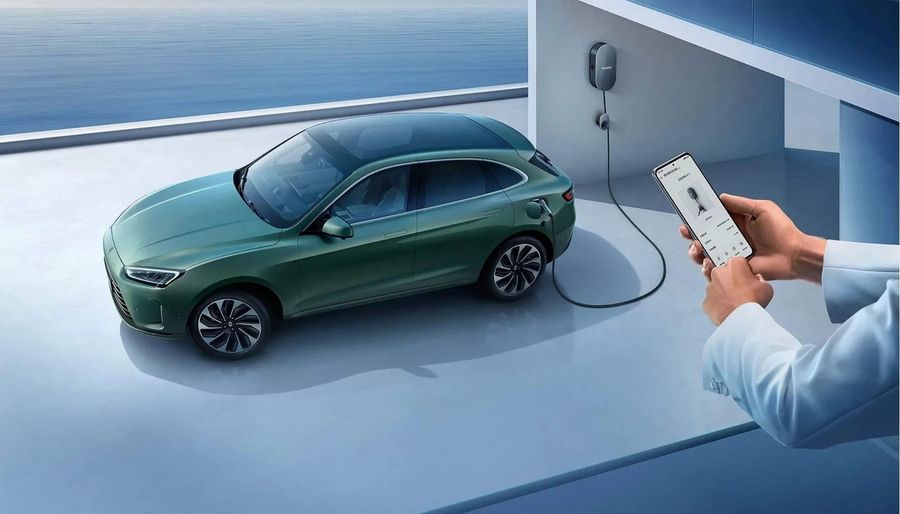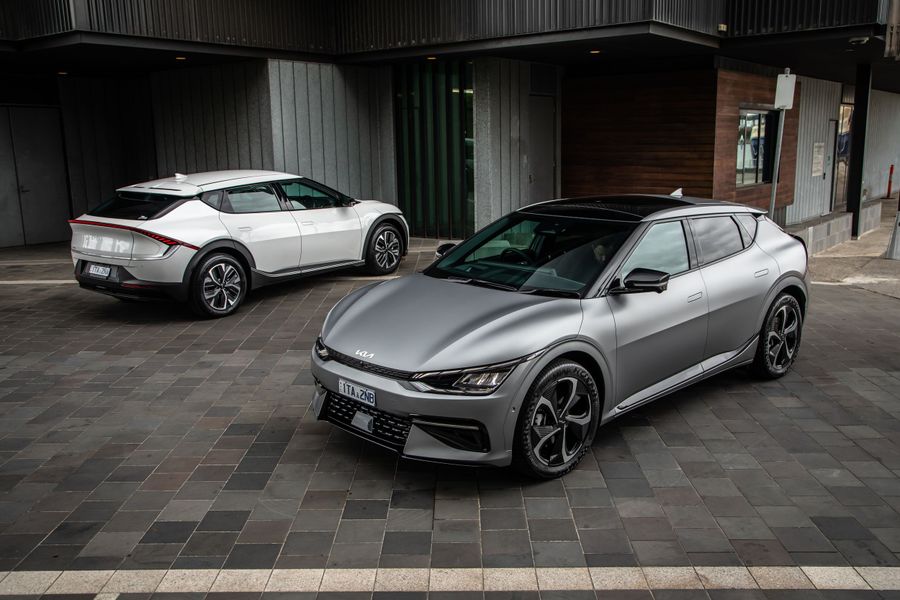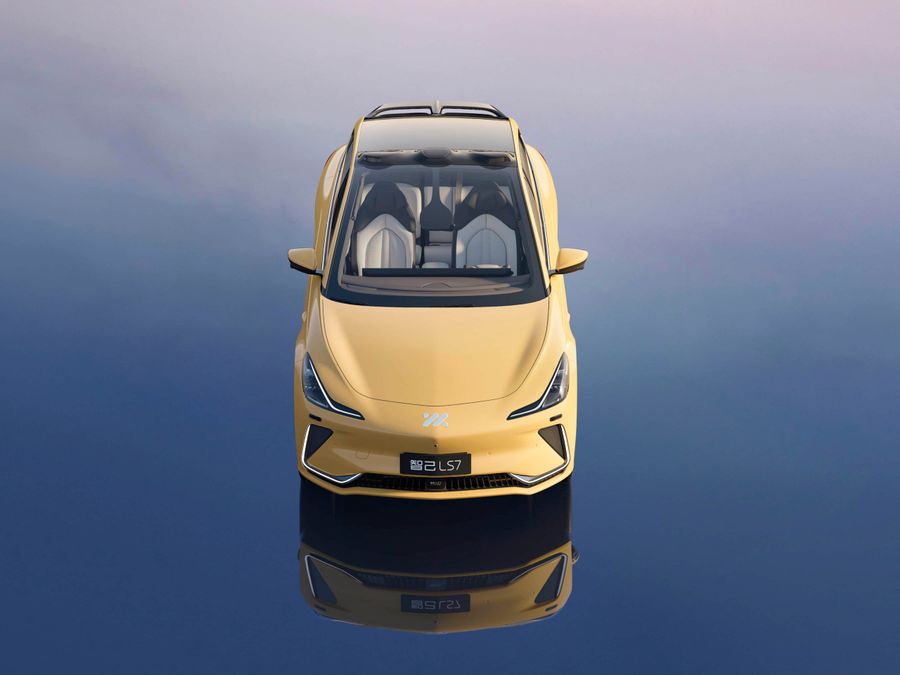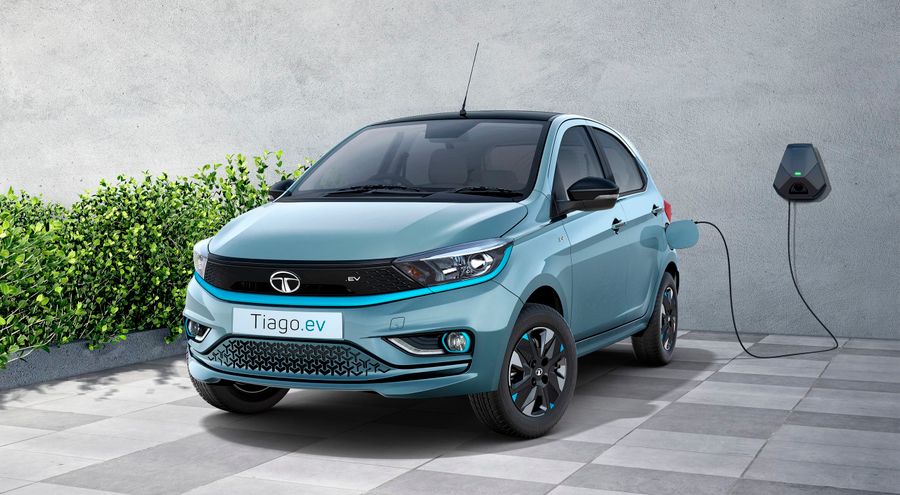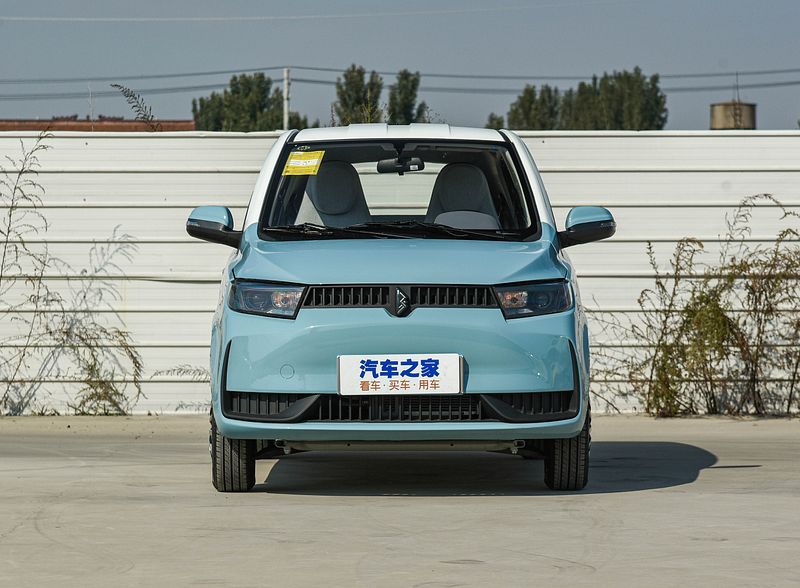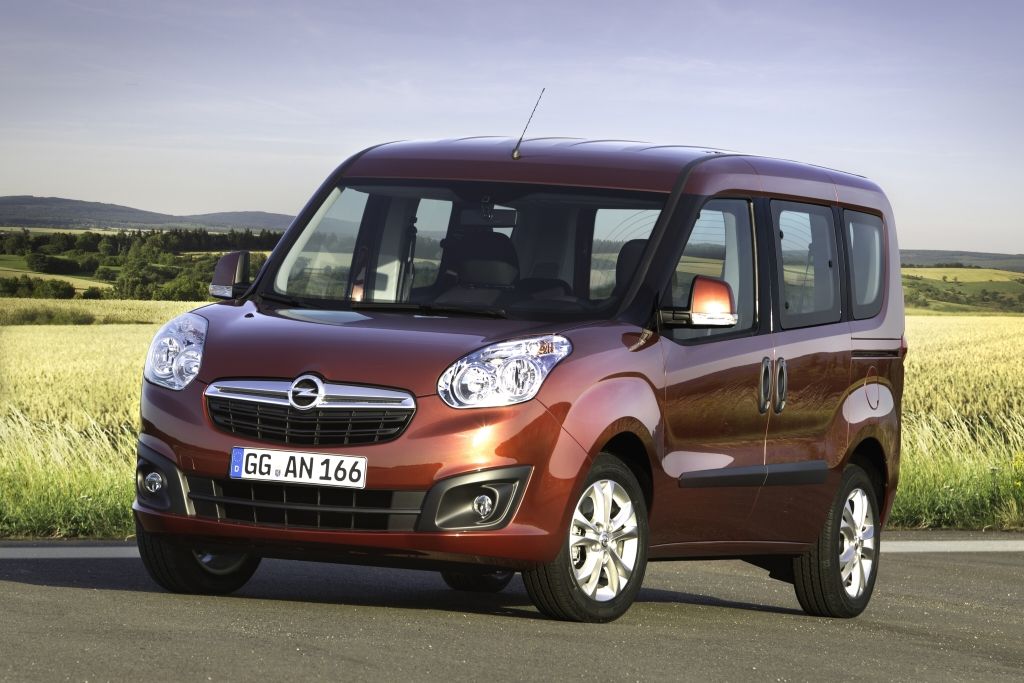
The most family-oriented commercial vehicle
The Opel Combo is a compact van, which has been produced by General Motors under the Opel brand since 1986. It had three-door cargo and five-door passenger modifications. Currently, the market offers the fifth generation of the vehicle, made in five- and seven-seat passenger versions (as of 2021). The van is produced under the auspices of the PSA Group (it owns Peugeot, Citroen, DS, Opel and Vauxhall brands).
The German Opel Combo is known for its spacious interior, fuel-efficiency, dynamics and futuristic design. The model is offered in van and compact van modifications. Light vans have two versions of the wheelbase and are in demand in the commercial sector: they are used by courier services, post offices, and private entrepreneurs. Compact vans are designed to sit 5 or 7 people (for example, for delivering employees to the airport, to out-of-town events).
The first generation
It was produced from 1986 to 1993. The first Combo was based on the Opel Kadett E. Until 1989, it was produced under the Vauxhall brand (in the UK) and under the Opel brand (in Portugal). The car was equipped with a 1.3-liter petrol engine or a 1.6-liter (later 1.7 l) diesel engine.
The second generation
It was produced from 1993 to 2001. The Opel Combo B van of the second generation, based on the Opel Corsa B, had symmetrical double rear side-opening doors. In 1995, the manufacturers introduced a five-seater version of the car, which was called the Opel Combo Tour. It differed from the van by the presence of side glazing and a folding three-seater seat. Like the original Corsa model, the Combo was small: it was 4,230 mm long, 1,853 mm wide and 1,801 mm high. The wheelbase was 1,380 mm.
It could be equipped with a 1.4-liter or a 1.6-liter petrol 8-valve engine generating 72 hp and 86 hp, respectively. The 16-valve options that appeared later were more powerful, providing 90 and 105 hp, respectively. A 1.7 liter 8-valve diesel engine produced 75 hp, whereas a 16-valve one could generate 100 hp. The car was front-wheel drive, with a manual transmission. The load capacity was 750 kg.
The third generation
It was produced from 2001 to 2011. The third Opel Combo C was based on the Opel Corsa C. It was 4,332 mm long, 1,684 mm wide and 1,801 mm high. The wheelbase grew to 2,716 mm. The load capacity was 750 kg. The vehicle was equipped with a 1.6-liter petrol engine generating 87 hp and a 1.7-liter turbo diesel engine generating 65 or 75 hp. Only a five-speed manual transmission was available.
Compared to the previous generation, the third Combo had sliding rear side doors, convenient in tight parking lots. Commercial versions of the van retained the symmetrical double tailgate, while the Tour version had a single upward-opening tailgate. Later came a version called the Combo Tour Tramp. It got different suspension settings, increased ground clearance, body protectors and small exterior details that set it apart from the standard Combo Tour.
The fourth generation
It was produced from 2011 to 2017. The fourth Combo was based on the SCCS platform developed by Fiat for small, front-wheel drive and all-wheel drive vehicles. It was first used to create the Fiat Grand Punto, which was introduced in 2005, followed by the Fiat Doblo and Opel Corsa and Combo. It was 4,390 mm long, 1,831 mm wide and 1,845 mm high. The wheelbase was 2,755 mm.
The engines were traditionally different. There were 1.4-liter 95 hp or turbo 120 hp petrol engines. The diesel versions were represented by 1.2-liter 90 hp engines and 1.6-liter 90-105 hp engines. The manual transmission could be 5- or 6-speed.
The fifth generation
It was produced from 2018 to the present (as of 2021). The new Opel Combo shares a platform with the Citroen Berlingo and Peugeot Rifter, and the exterior resemblance is obvious, except for its own front face designed in Opel’s style. The passenger Combo is available in two versions: standard and longer. In the first case, the length of the car is 4,400 mm with a wheelbase of 2,780 mm, and in the second case, the car is 4,750 mm long and has a wheelbase of 2,970 mm, respectively. The car is 1,850 mm wide and 1,810 mm high.
The 2019/2020 Opel Combo is built on a combined chassis, the front part of which is the EMP2 platform with the McPherson strut independent suspension and the rear module comes from the third generation model with a semi-independent torsion beam. Both Combo Life axles are on steel springs and have anti-roll bars. The compact van is equipped with a rack and pinion power steering system. The front brakes are ventilated disc brakes, the rear ones are simple disc brakes; all cars are equipped with ABS and EBD.
European buyers can choose between a 1.5-liter turbocharged diesel engine with 130 hp and a 1.2-liter turbocharged direct injection petrol engine with the same power. There are 5- and 6-speed manual transmissions or 8-speed automatic transmissions to choose from for the compact van.
The new Opel Combo compact van boasts superb equipment. It has front and side airbags, a media system with an 8-inch display, keyless access and engine start system, blind spot monitoring system, a rearview camera, dual-zone climate control, heated front seats, adaptive cruise control and other options.


